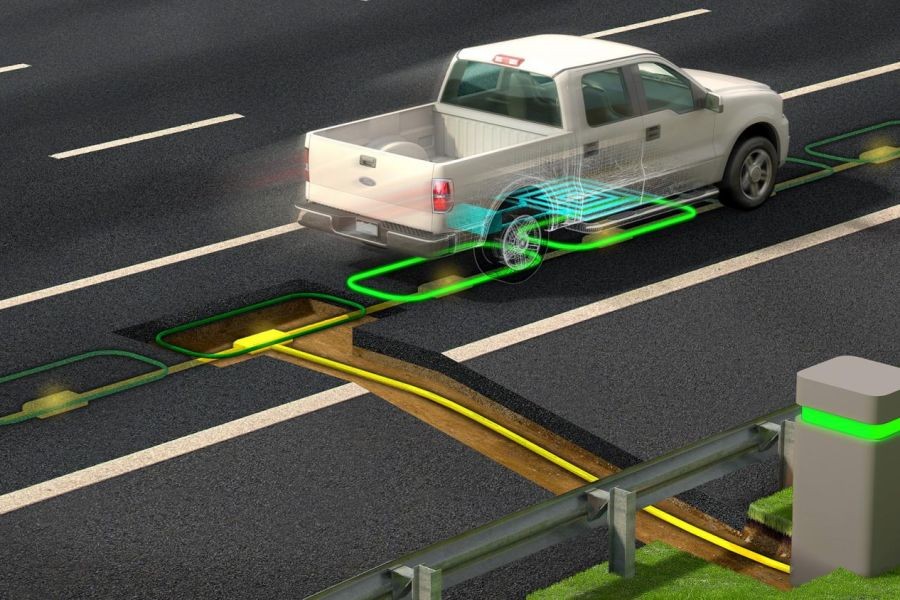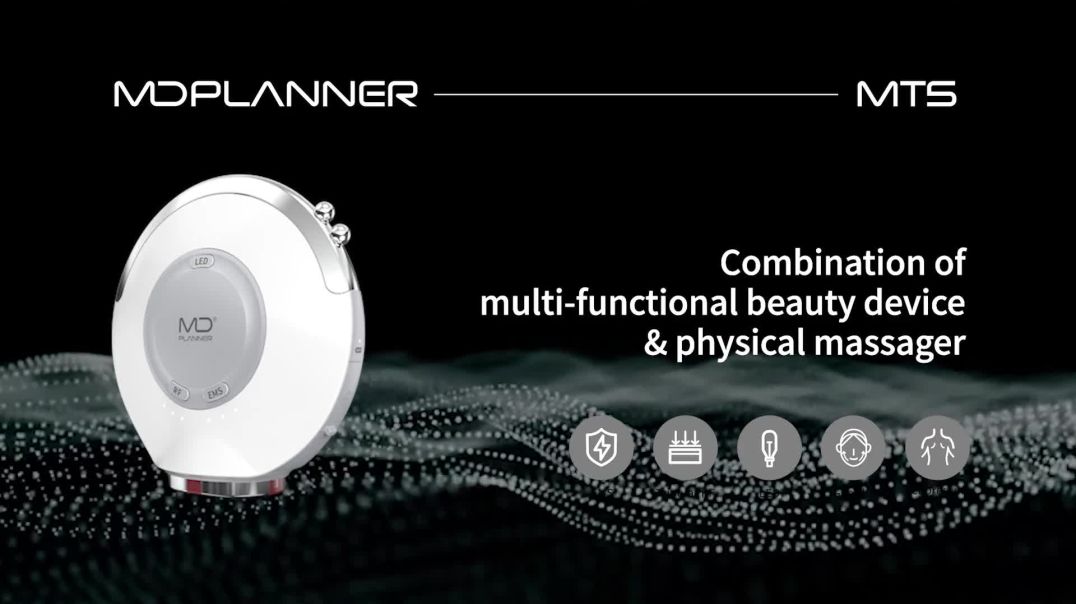New Zealand's public school system is a cornerstone of the country's education landscape, shaping future generations and influencing economic trends. However, understanding how to maximize its benefits requires insight into its structure, policies, and the unique opportunities it presents. This article delves into how New Zealanders can make the most of the public school system, backed by data, expert insights, and real-world examples.
Understanding the Structure of New Zealand's Public School System
New Zealand's public school system is renowned for its inclusive approach and innovative teaching methods. Governed by the Ministry of Education, it provides free education to children from ages 5 to 19. The system is structured around a national curriculum that emphasizes critical thinking, creativity, and cultural understanding. A key feature is the focus on Te Reo Māori and the incorporation of Māori perspectives, reflecting the nation's commitment to bicultural education.
Key Features and Policies
The system is decentralized, with boards of trustees managing individual schools, giving them autonomy in implementing the national curriculum tailored to local needs. This structure enables schools to incorporate community values and resources, fostering a sense of ownership and engagement among students and parents.
Economic Implications of the Public School System
Education is a critical driver of economic growth. According to Stats NZ, higher educational attainment is linked to increased productivity and income levels. In New Zealand, the public school system plays a crucial role in preparing students for the workforce, particularly in burgeoning industries like technology and renewable energy.
Case Study: Integrating Technology in Education
In 2022, a Wellington-based public school embarked on an ambitious project to integrate technology into its curriculum. By equipping classrooms with digital tools and training teachers in tech-based teaching methods, the school reported a 30% improvement in student engagement and a 25% increase in STEM subject enrollment. This case illustrates the potential of public schools to adapt and thrive in a digital era, preparing students for technology-driven careers.
Challenges Facing the Public School System
Despite its strengths, New Zealand's public school system faces challenges that can impact its efficacy. Funding disparities, teacher shortages, and infrastructure limitations are notable concerns. The Ministry of Education's 2023 report highlighted that rural schools often struggle more with these issues compared to their urban counterparts.
Addressing Inequality in Education
The government has taken steps to address educational inequality through initiatives such as the Equity Funding Scheme, which allocates additional resources to schools in low socio-economic areas. These efforts aim to level the playing field, ensuring all students have access to quality education and opportunities for success.
Maximizing Opportunities for Students
Parents and students can take proactive steps to leverage the strengths of the public school system. Engaging with school boards, participating in parent-teacher associations, and advocating for extracurricular programs can enhance the educational experience. Furthermore, staying informed about policy changes and educational trends can empower families to make informed decisions about their children's education.
Case Study: Parental Engagement in School Success
In Auckland, a community-driven initiative focused on increasing parental involvement in schools led to significant improvements in student performance. By organizing workshops and creating platforms for parental feedback, schools reported a 15% increase in student achievement and a more cohesive school community.
Future Trends in New Zealand's Education System
Looking ahead, New Zealand's education system is poised for transformation. The integration of artificial intelligence and personalized learning platforms is expected to redefine teaching methods. According to a 2024 report by NZTech, AI tools could personalize education based on individual learning styles, potentially increasing student performance by 40%.
Predictions and Innovations
By 2030, it is anticipated that digital literacy will become a core component of the curriculum, equipping students with skills essential for the future workforce. Moreover, the ongoing emphasis on sustainability will likely see environmental education integrated across subjects, aligning with New Zealand's commitment to green growth.
Debunking Myths About New Zealand's Public School System
Several myths persist about the public school system that can mislead parents and students.
- Myth: "Private schools offer a superior education." Reality: Studies have shown that students from public schools perform equally well in standardized tests and university admissions, debunking the perception of inferiority.
- Myth: "Public schools lack extracurricular opportunities." Reality: Public schools offer a wide range of extracurricular activities, from sports to arts, fostering holistic development.
- Myth: "Public schools are underfunded and ineffective." Reality: While funding challenges exist, initiatives like the Equity Funding Scheme are actively addressing these issues.
Conclusion and Final Takeaways
New Zealand's public school system is a dynamic and integral part of the nation's education framework, offering numerous opportunities for student success. By understanding its structure, engaging with educational policies, and addressing challenges, stakeholders can enhance the system's effectiveness.
- Parents should engage with school boards to influence educational outcomes.
- Schools must continue integrating technology to remain competitive.
- Policymakers should focus on equitable resource distribution to address disparities.
As New Zealand navigates the future of education, embracing innovation and inclusivity will be key to sustaining its reputation as a leader in educational excellence.
People Also Ask (FAQ)
- How does New Zealand’s public school system impact the economy?New Zealand's public school system contributes to economic growth by preparing a skilled workforce, particularly in emerging industries like technology and renewable energy. (Source: Stats NZ)
- What are common misconceptions about public schools in New Zealand?A common myth is that private schools offer better education. However, research shows public school students perform equally well in standardized tests. (Source: Ministry of Education)
- What strategies can parents use to maximize their child’s education in public schools?Parents can engage with school boards, participate in PTAs, and stay informed about educational trends to enhance their child's learning experience.
Related Search Queries
- New Zealand public school system overview
- Benefits of public education in New Zealand
- Challenges facing NZ public schools
- How to improve education in New Zealand
- Technology in New Zealand schools
- Parental involvement in education
- Future of education in New Zealand
- Equity in NZ education system
- Public vs private schools in New Zealand
- Government funding for NZ schools
For those invested in New Zealand's educational outcomes, the call to action is clear: engage, innovate, and advocate for a system that not only educates but empowers. Share your thoughts and strategies below!
































bertporcelli62
6 months ago